Disclosure: This article contains affiliate links. We may earn a commission from purchases at no extra cost to you, which helps our travel content.
When most travelers think of Cairns, their minds immediately drift to the Great Barrier Reef and lush rainforests. Yet behind this tropical paradise façade lies a city in the midst of an urban renaissance that has captivated my urban planner's heart. During my recent autumn weekend escape from Charlotte's familiar skyline, I discovered a Cairns rarely featured in glossy travel brochures—a city reinventing itself through vibrant street art, innovative cultural spaces, and community-driven initiatives. As someone who's spent decades analyzing how urban spaces evolve, I was genuinely surprised by how this small tropical city has embraced creative expression as a catalyst for urban renewal. My drone's-eye perspective revealed patterns of revitalization radiating from the city center that reminded me of similar transformations I've documented in Copenhagen and Berlin, albeit with a distinctly North Queensland flavor infused with Aboriginal heritage and tropical sensibilities.
The Esplanade's Evolution: Where Urban Design Meets Tropical Living
The Cairns Esplanade represents one of the most successful urban waterfront transformations I've encountered in my global explorations. What strikes me as particularly noteworthy is how the space balances sophisticated urban design with the laid-back tropical ethos that defines Far North Queensland.
During my early morning reconnaissance (a habit from my urban planning days), I watched the esplanade transition from a serene exercise space—where locals practiced tai chi against the backdrop of a spectacular sunrise over the Coral Sea—to a vibrant community hub as the day progressed. The 2.5km boardwalk serves as the city's communal living room, where the boundaries between tourist and resident spaces blur organically.
The saltwater lagoon, ingeniously designed to address the absence of swimmable beaches in the city center (due to seasonal marine stingers and mudflats), exemplifies practical urban problem-solving. Unlike similar waterfront developments I've documented in Singapore or San Francisco, Cairns' approach feels less manicured and more authentically connected to its environment.
I spent one particularly memorable afternoon capturing aerial footage of the esplanade with my DJI Mini 3 Pro. The compact design made it perfect for travel, while its 4K camera captured stunning overhead perspectives of the lagoon's geometric patterns juxtaposed against the organic mangrove shoreline. The footage revealed fascinating patterns of human movement throughout the space that wouldn't be visible from ground level—insights that reminded me why drone photography became my passion during recovery from my hiking accident.
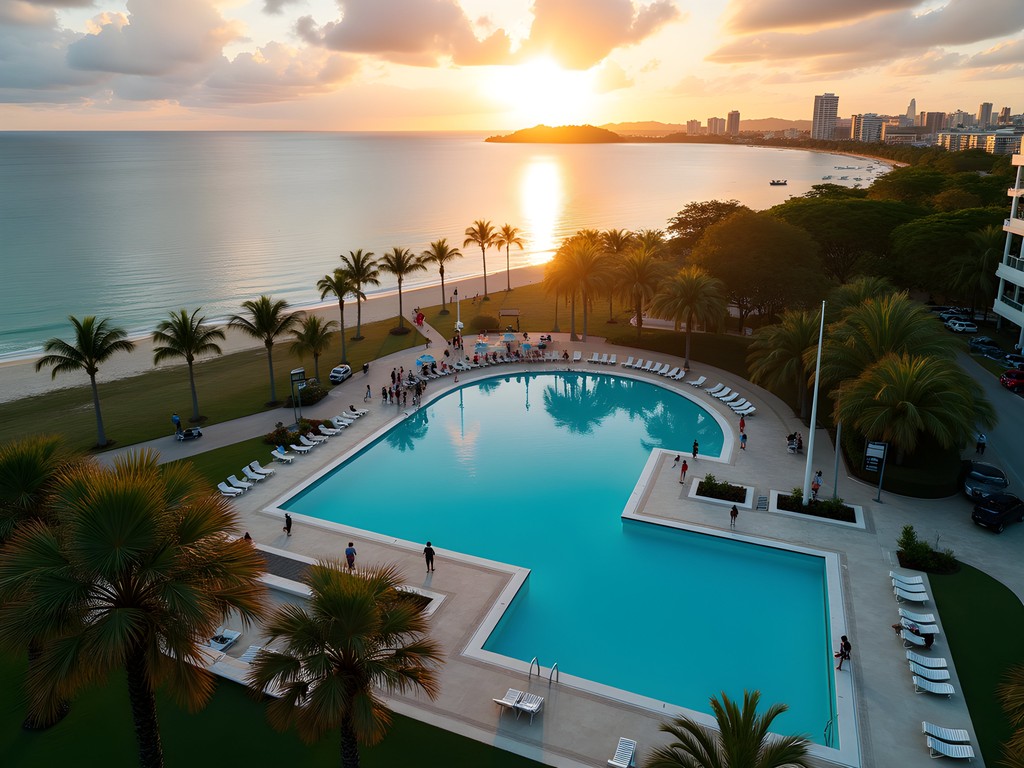
💡 Pro Tips
- Visit the lagoon at sunset when the lighting creates spectacular reflections on the water's surface—ideal for photography
- The Night Markets adjacent to the Esplanade operate from 4:30-10:30pm and offer affordable local crafts and dining options
- Download the free Cairns Esplanade app for a self-guided tour of public art installations and historical markers
Grafton Street: Cairns' Emerging Street Art Corridor
If there's one neighborhood that embodies Cairns' urban renaissance, it's the emerging arts district centered around Grafton Street. What was once a utilitarian corridor of warehouses and industrial spaces has been transformed through strategic municipal planning (something my former professional self appreciates) and grassroots artistic initiatives.
The Cairns Street Art Walking Trail, which I downloaded as a digital map to my iPad mini, guided me through more than 80 murals concentrated in this precinct. The tablet's compact size made it perfect for urban exploration while its vibrant display allowed me to research artists and techniques as I encountered each work.
What distinguishes Cairns' street art scene from those I've documented in Melbourne or Berlin is its unique integration of Indigenous artistic traditions with contemporary urban styles. Many murals incorporate elements of Traditional Owner art alongside modern techniques, creating visual narratives that connect past and present.
The Grafton Street transformation reminds me of similar evolutions I've witnessed in post-industrial neighborhoods like Copenhagen's Meatpacking District or Tokyo's Kiyosumi-Shirakawa. However, Cairns' version maintains an unpretentious authenticity that hasn't yet succumbed to the gentrification patterns I've observed elsewhere.
One afternoon, I joined a small group tour led by local artist Hayley Gillespie, whose insights into the cultural politics and artistic processes behind specific murals added layers of understanding I couldn't have accessed independently. Her perspective on how the city council's public art policy had evolved over the past decade was particularly illuminating for someone with my background in municipal recreation management.
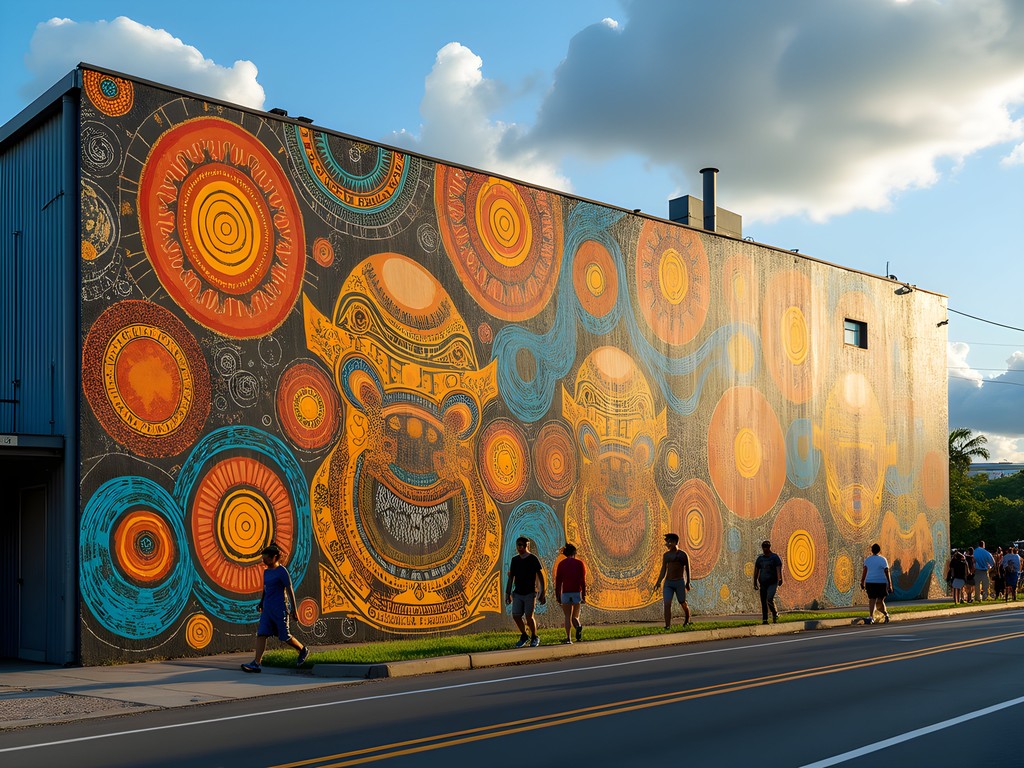
💡 Pro Tips
- Visit on weekdays to avoid crowds and catch artists potentially working on new pieces
- The Cairns Art Gallery on Abbott Street offers free entry and air-conditioned respite from the tropical heat
- Rusty's Markets (nearby on Grafton Street) operates Friday-Sunday and showcases local produce, perfect for picking up tropical fruits for your explorations
The Tanks Arts Centre: Industrial Heritage Reimagined
The Tanks Arts Centre represents precisely the kind of adaptive reuse project that captivates my urban planner's imagination. Housed within three converted World War II naval oil storage tanks, this cultural complex exemplifies how industrial heritage can be reimagined as creative infrastructure.
During my visit, I was fortunate to experience Tank 3's remarkable acoustics during an intimate jazz performance. The cylindrical concrete architecture creates a sound environment unlike any purpose-built concert hall I've experienced across four continents. What impressed me most was how the conversion respected the raw industrial character while creating functional spaces for contemporary creative expression.
The adjacent Botanic Gardens provide a striking counterpoint to the industrial aesthetic of the Tanks. This juxtaposition of natural and built environments creates a unique cultural precinct that feels organic rather than master-planned. As someone who has analyzed countless urban renewal projects, I appreciate how the development preserved the site's historical integrity while adapting it for contemporary needs.
I spent one morning capturing time-lapse sequences of visitors moving through the space, using my GoPro HERO10 mounted on a compact tripod. The camera's wide-angle lens perfectly captured the curved concrete walls and dramatic lighting, while its time-lapse capabilities revealed fascinating patterns of how people interact with the unconventional architecture.
What distinguishes the Tanks from similar cultural hubs I've documented in other cities is its community-centered programming approach. Rather than importing international blockbuster exhibitions (though these occasionally feature), the focus remains on showcasing regional artists and providing accessible cultural experiences for locals—a strategy that maintains authentic connection to place.
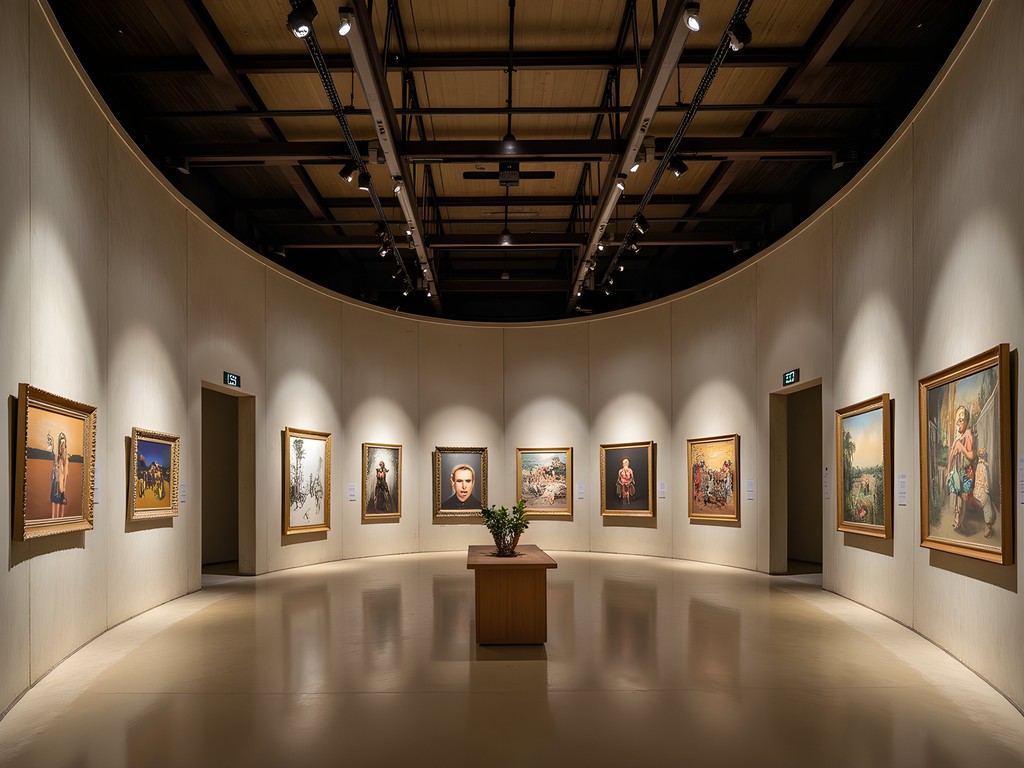
💡 Pro Tips
- Check the Tanks Arts Centre website before visiting as opening hours vary based on exhibitions and events
- The Sunday markets (last Sunday of each month) feature local artisans and live music in the gardens adjacent to the Tanks
- The onsite café offers excellent coffee and a peaceful spot to reflect on the exhibitions
Bulmba-ja Arts Centre: Where Indigenous Innovation Thrives
The Bulmba-ja Arts Centre stands as Cairns' epicenter of Indigenous creative expression and technological innovation—a space where ancient cultural traditions merge with contemporary artistic practices. As someone who studies the intersection of technology and urban experiences, I found this cultural hub particularly fascinating.
Housed in a strikingly modern building on Abbott Street, Bulmba-ja (meaning 'house' in local Yidinji language) serves as headquarters for multiple Indigenous arts organizations. What impressed me most was the center's digital media lab, where young Aboriginal and Torres Strait Islander artists are creating immersive storytelling experiences that preserve cultural knowledge through cutting-edge technology.
During my visit, I was privileged to witness a workshop where Traditional Owners were collaborating with digital artists to create augmented reality experiences that overlay cultural stories onto physical landscapes. This integration of ancestral knowledge with emerging technologies represents exactly the kind of innovation that excites me as both an urban planner and technology enthusiast.
The building itself exemplifies sustainable design principles, with passive cooling systems inspired by traditional Indigenous shelter construction adapted for tropical conditions. The façade features a stunning digital projection system that transforms the building's exterior into a canvas for Indigenous digital art after sunset—a spectacular demonstration of how cultural expression can activate urban spaces.
For visitors interested in Indigenous art, I recommend bringing a travel notebook to record the stories behind specific artworks. During my exploration, I found that understanding the cultural context and symbolism greatly enhanced my appreciation of the pieces, and having a dedicated place to note these insights proved invaluable.
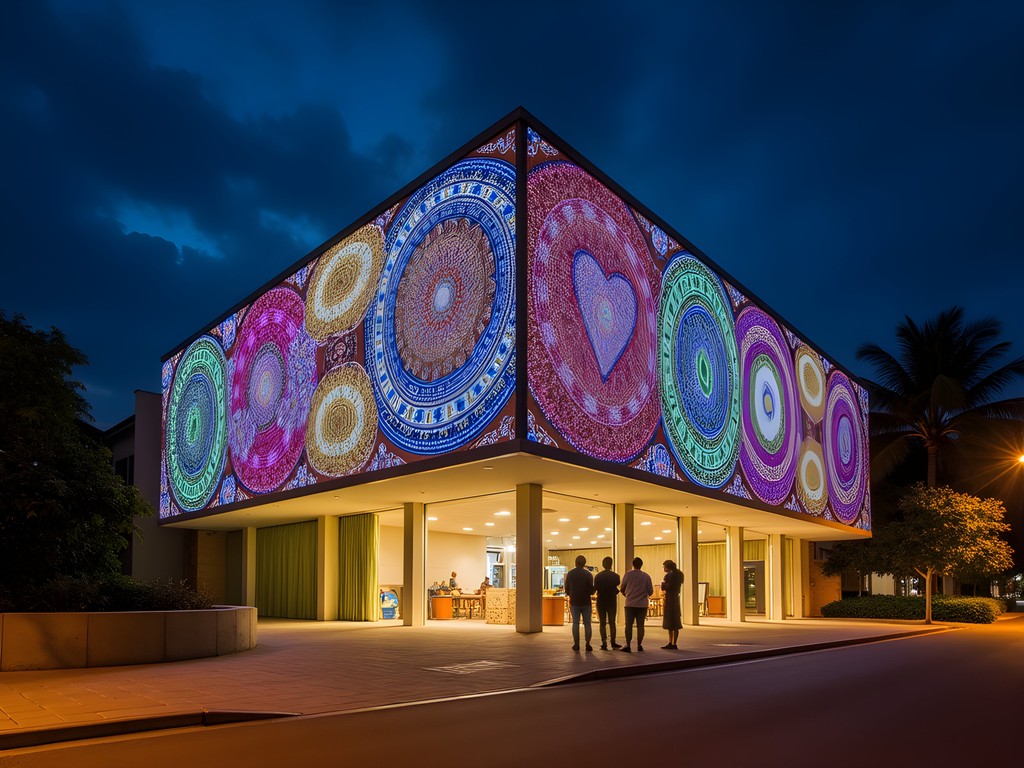
💡 Pro Tips
- Call ahead to check if any workshops or demonstrations are scheduled during your visit
- Visit in the evening to see the digital projection art on the building's façade
- The center's gift shop offers ethically sourced Indigenous art with proceeds directly supporting the artists and community initiatives
Edge Hill: The Bohemian Village Within the City
Just ten minutes from Cairns' CBD lies Edge Hill, a leafy enclave that offers a refreshing counterpoint to the more tourist-oriented downtown areas. As someone who's analyzed neighborhood development patterns across multiple cities, I found Edge Hill's evolution particularly interesting—it represents a textbook example of organic urban village formation within a tropical context.
The Collins Avenue precinct forms the neighborhood's spine, lined with heritage Queenslander homes adapted into boutique businesses. What distinguishes Edge Hill from similar village-like neighborhoods I've explored globally is its seamless integration with surrounding rainforest landscapes and botanical gardens.
During my explorations, I discovered Samgasat Gallery, a converted Queenslander home showcasing contemporary Far North Queensland artists. The gallery owner, a former Sydney advertising executive who relocated to Cairns fifteen years ago, shared fascinating insights about the neighborhood's transformation from sleepy suburb to creative hub over the past decade.
The Edge Hill café culture rivals anything I've experienced in Melbourne or Portland, with establishments like Ozmosis and Wharf One crafting specialty coffees that would satisfy the most discerning urban coffee enthusiasts. I spent one particularly pleasant morning working remotely from Wharf One's outdoor terrace, where the reliable Wi-Fi and tropical garden setting created an ideal digital nomad environment.
My exploration of Edge Hill was enhanced by the neighborhood's walkability—a quality I always assess when analyzing urban spaces. The tree-canopied streets provide natural cooling in the tropical climate, demonstrating climate-adaptive urban design principles that many cities could learn from. I captured this natural canopy cooling effect with thermal imaging on my smartphone, documenting up to 8°C temperature differences between shaded and unshaded streetscapes—data I'll incorporate into my ongoing research on climate-responsive urban design.
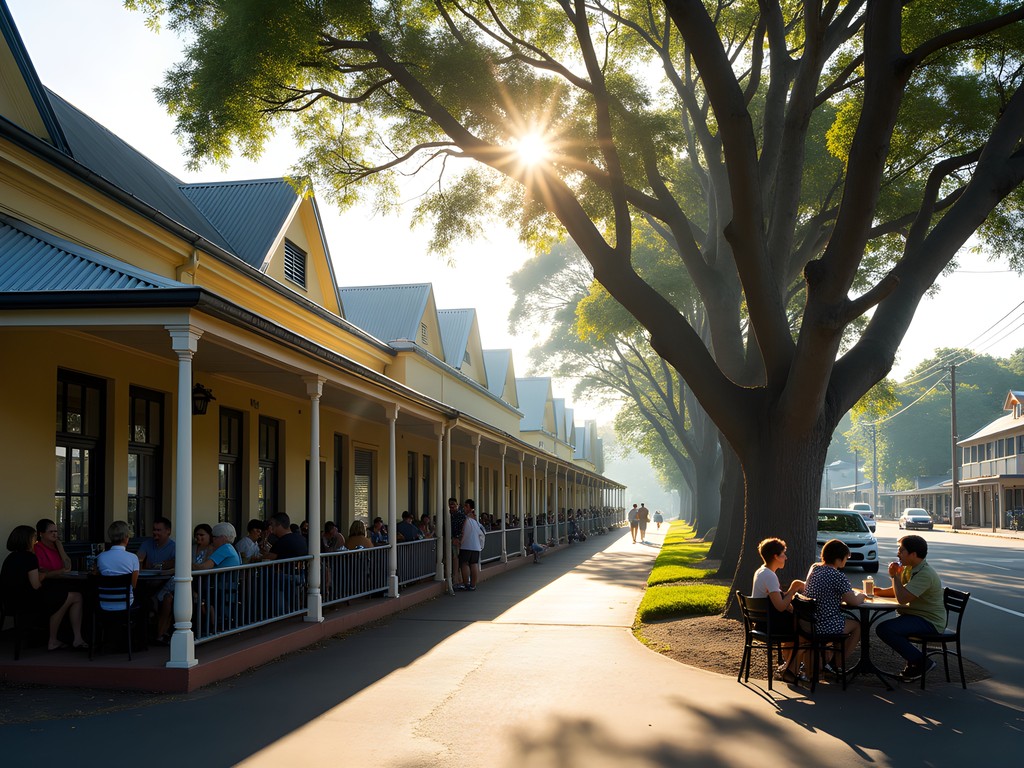
💡 Pro Tips
- Visit on a Saturday morning when the local Edge Hill Markets operate, showcasing artisanal products and local produce
- Ozmosis café offers the neighborhood's best coffee and an excellent breakfast menu featuring tropical ingredients
- Allow time to explore the nearby Flecker Botanic Gardens, which seamlessly connect to the Edge Hill cultural precinct
Final Thoughts
Cairns has masterfully balanced its identity as gateway to natural wonders with an emerging urban cultural landscape that deserves exploration in its own right. What struck me most during my weekend immersion was how the city has leveraged its tropical setting, industrial heritage, and Indigenous cultural connections to create uniquely authentic urban spaces. Unlike the manufactured cultural districts I've documented in larger metropolitan areas, Cairns' urban renaissance feels organic—driven by community vision rather than corporate development. As cities worldwide grapple with questions of identity and sustainability, Cairns offers compelling lessons in how smaller urban centers can revitalize through creative placemaking while honoring their environmental and cultural context. Whether you're a street art enthusiast, digital nomad seeking inspiring workspaces, or urban explorer looking beyond tourist trails, Cairns rewards those willing to look past reef and rainforest postcards to discover its evolving urban soul.
✨ Key Takeaways
- Cairns offers sophisticated urban cultural experiences that complement its famous natural attractions
- The city's street art scene uniquely blends Indigenous artistic traditions with contemporary urban expression
- Adaptive reuse of industrial spaces like The Tanks Arts Centre showcases innovative approaches to urban renewal
- Edge Hill provides an authentic neighborhood experience away from tourist centers
📋 Practical Information
Best Time to Visit
Autumn (April-May) offers ideal weather with lower humidity and fewer tourists
Budget Estimate
$100-150 AUD per day for accommodations, meals and activities
Recommended Duration
2-3 days to explore urban attractions (additional time needed for reef/rainforest)
Difficulty Level
Easy

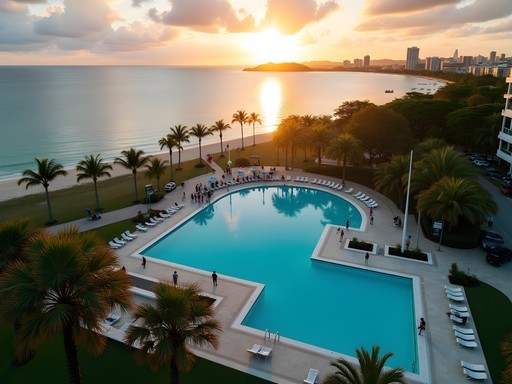
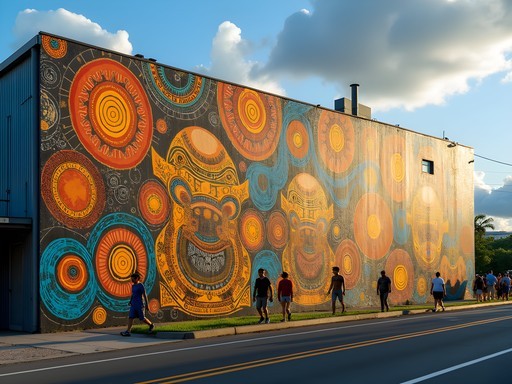
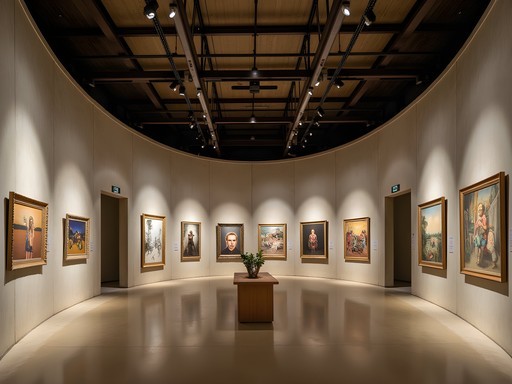
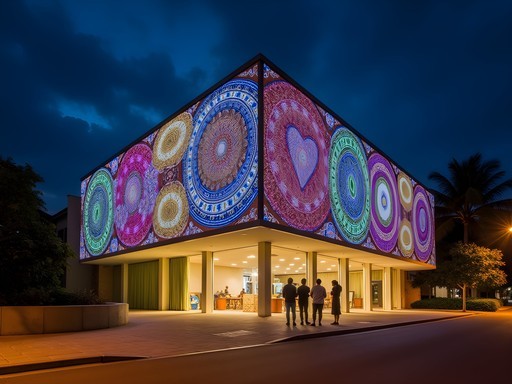



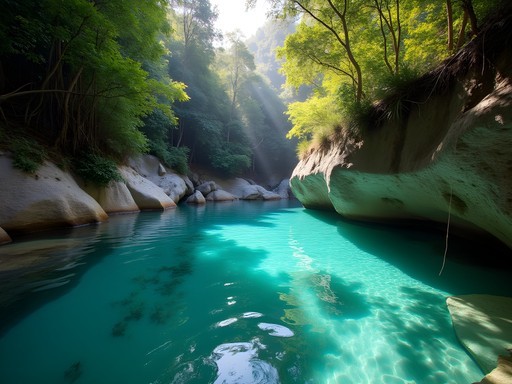
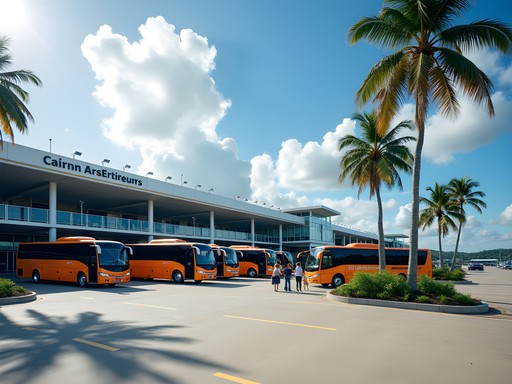






Comments
Douglas Bradley
Claire's piece really captures how Cairns has evolved. I spent two weeks there researching for my blog last year, and the contrast between the touristy Esplanade and the more local cultural spots is fascinating. For anyone heading there, I'd recommend dedicating at least 2-3 days just for the urban exploration alongside your reef adventures. The coffee scene is surprisingly good too - try Blackbird Espresso near Grafton Street for a perfect flat white before your street art walk. I used my pocket guidebook which has a decent section on Cairns' cultural spots, though Claire's blog covers some newer developments not yet in print guides.
explorenomad
Thanks for the coffee tip! Planning a trip there in November and definitely want to see both sides of Cairns. How walkable is it between these art spots?
Douglas Bradley
Most spots are within a 20-30 minute walk of each other. The Esplanade to Grafton Street is easy. The Tanks are a bit further out, but there's a reliable bus (Route 150) that goes there from the city center every 30 minutes.
explorenomad
I was in Cairns last month and stumbled upon The Tanks Arts Centre by accident - what a find! The converted WWII fuel tanks are such a cool venue. Caught a local jazz band there and the acoustics were incredible. The art exhibitions were really thought-provoking too. Wish I'd read this post before going so I could have checked out Grafton Street's murals as well. Next time! Has anyone visited the Bulmba-ja Arts Centre? Worth a visit?
coffeeguy
Bulmba-ja was amazing! The indigenous art there blew me away. They had some interactive exhibits when I visited.
coffeeguy
Wow! Never thought of Cairns as an art destination. Always just pictured the reef. Eye-opening post!
Douglas Bradley
That's exactly what makes Cairns so interesting now - this layering of experiences beyond just the natural attractions. I've noticed this trend in several coastal Australian cities lately.
coffeeguy
Any other Aussie cities with similar vibes worth checking out?
Douglas Bradley
Definitely check out Newcastle and Wollongong - both have fascinating post-industrial art scenes emerging. Less touristy than the major cities but equally rewarding.
skyguy
Heading to Cairns next month and definitely want to check out some of these spots! Is it easy to get around to these cultural sites without a car? Any recommendations for indigenous art galleries beyond Bulmba-ja?
Hunter Thompson
The local bus system is actually pretty decent! I used my travel guide which had great public transport tips. For indigenous art, definitely check out Canopy Art Centre too - it's a bit hidden but showcases amazing work from Cape York and Torres Strait artists.
skyguy
Thanks for the tips! Will definitely look into Canopy Art Centre. Appreciate it!
summerfan
I just got back from Cairns and can confirm the buses are super easy! Most cultural spots are walkable from the city center too. The street art walking tour was the highlight of my trip!
Hunter Thompson
Fantastic post, Claire! I backpacked through Cairns last year and was pleasantly surprised by the cultural scene. The Tanks Arts Centre is absolutely incredible - I caught a local indie band there and the acoustics in those converted WWII fuel tanks were mind-blowing. One tip for fellow travelers: the monthly Tanks Markets are worth planning your trip around. Local artisans, live music, and amazing food stalls. I spent half a day just wandering around with my camera and chatting with local artists. The Esplanade has come such a long way too - that free lagoon pool with the city backdrop makes for killer sunset photos!
summerfan
Love this! Always thought Cairns was just about the reef. Never knew about all this cool street art!
Hunter Thompson
Right?! I felt the same way until my last trip. The Grafton Street murals blew me away!
summerfan
Did you check out The Tanks? That's on my list for next time!
smartseeker
This blog post inspired me to spend a full day exploring Cairns' urban side during my trip last week, and WOW was it worth it! The Grafton Street art corridor is even more impressive in person - the murals are HUGE and so vibrant against the tropical backdrop. Pro tip: start early morning when it's cooler and the light is perfect for photos. The Esplanade was buzzing with locals doing yoga and families at the lagoon. I ended the day with a photography exhibition at The Tanks, which was housed in the smallest tank but packed with stunning reef conservation images. Claire, you're so right about Cairns balancing nature and urban culture - it's not just a gateway to the reef anymore!
happylover
Did you try any of the cafes near the art spots? Looking for recommendations!
smartseeker
Yes! There's a little place called Blackbird right near Grafton Street that does amazing cold brew coffee - perfect for the Cairns heat. And they have these tropical fruit pastries that are to die for!
winteradventurer
Going to Cairns in September. Is it easy to walk between these cultural spots or should I rent a bike? Any recommended tours that cover the street art specifically?
smartseeker
The central spots like the Esplanade and Grafton Street are totally walkable! For The Tanks, you might want to grab the local bus. I used my pocket guide which had a decent walking map of the cultural district. No specific street art tours that I know of though.
happylover
Love that mural on Grafton Street! Who's the artist?
Amit Sullivan
Claire, this is exactly the kind of hidden cultural narrative I love discovering! I spent three weeks in Cairns last autumn and was pleasantly surprised by The Tanks Arts Centre. The contrast between the industrial architecture and the vibrant art inside creates such a unique atmosphere. I caught a local jazz ensemble there that was absolutely magical with the acoustics in those converted fuel tanks. If anyone's visiting, try to time your trip around their monthly markets - local artisans, great food, and you can chat directly with the artists. The indigenous contemporary art at Bulmba-ja was another highlight that changed my perspective on traditional vs. modern indigenous expression.
winteradventurer
Are the markets family-friendly? Planning to bring my kids (7 and 9) next month.
Amit Sullivan
Absolutely! Your kids would love it. There are often interactive art stations for children, and the open space is perfect for them to move around. My friend's daughter was fascinated by the glassblowing demonstration they had when we visited.
Venture X
Premium card with 2X miles, $300 travel credit, Priority Pass